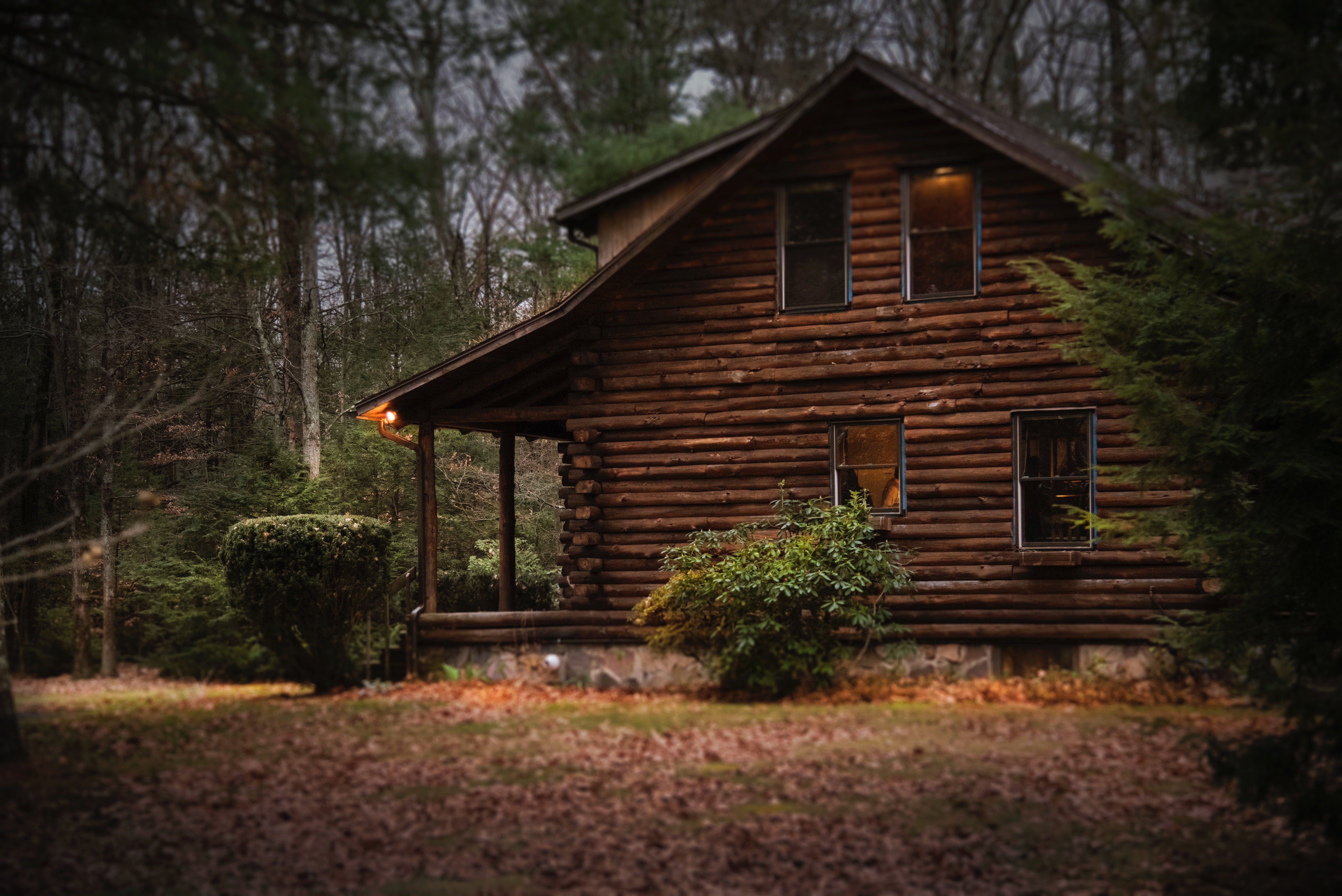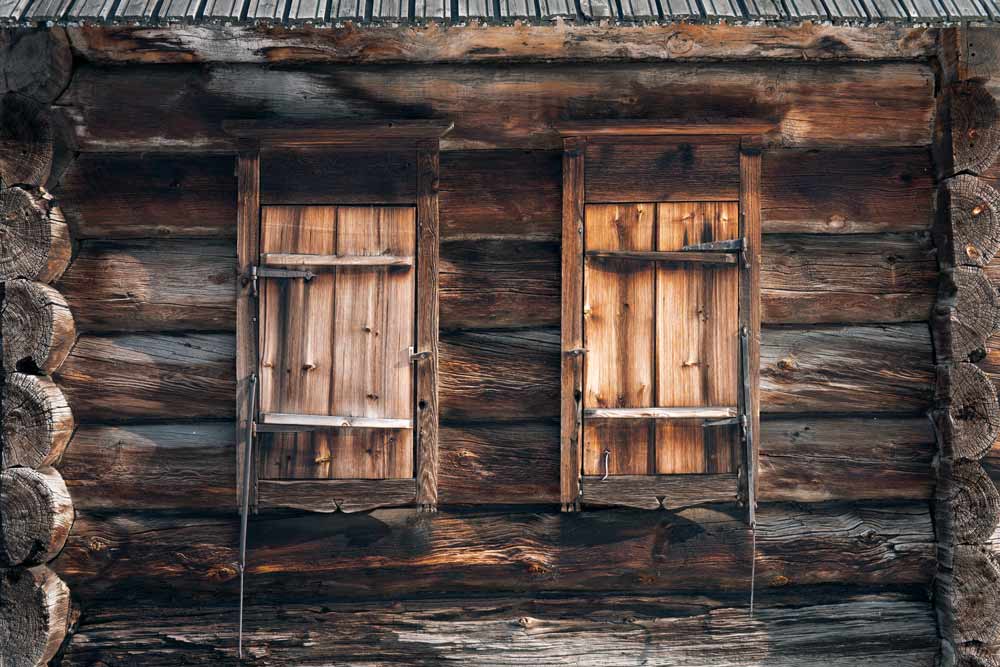It is always crucial to consider the environmental factors when investing or building a log cabin. Deriving wood materials from sustainable sources can be one of the founding principles of having an environmentally friendly structure with the lowest carbon footprint possible.
The increase in sustainable forestry practices means that work is done to ensure enough trees are planted to increase carbon capture, whilst simultaneously providing enough timber for building. It is common for older tress to be cut down, allowing younger ones to maximise their capacity for absorbing carbon. These older trees are then used for a wide range of building projects, without the need to remove other essential areas of forests.
Local woodland and forestry management plays a part in preserving areas of natural woodlands. This means that there is scope to increase the numbers of essential trees and also maintain the appropriate levels of the wood we need for various purposes. Several legal standards preserve these practices.
When trees are planted for the specific purpose of wood production, there is an increase in habitats for local wildlife, as well as providing natural flood defences. Timber grown and prepared locally decreases the need for overseas transportation; it also helps increase employment for local people.
Timber used for log cabins or bbq huts can be reused in a way many other materials cannot. Simply repainting or sanding planks will render them reusable, making wood perhaps one of the most sustainable building materials around.
Our team at Logspan can tell you about how we source our cabin materials, so contact us today to learn more.














